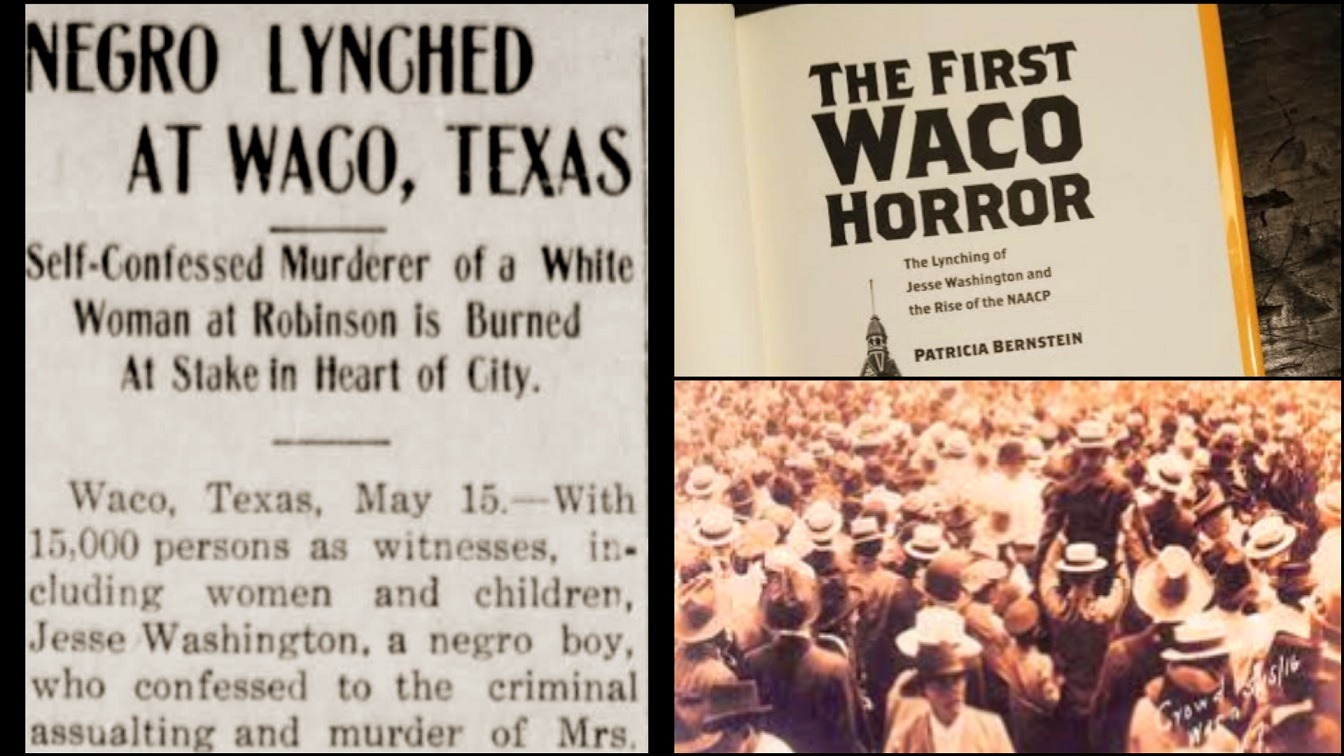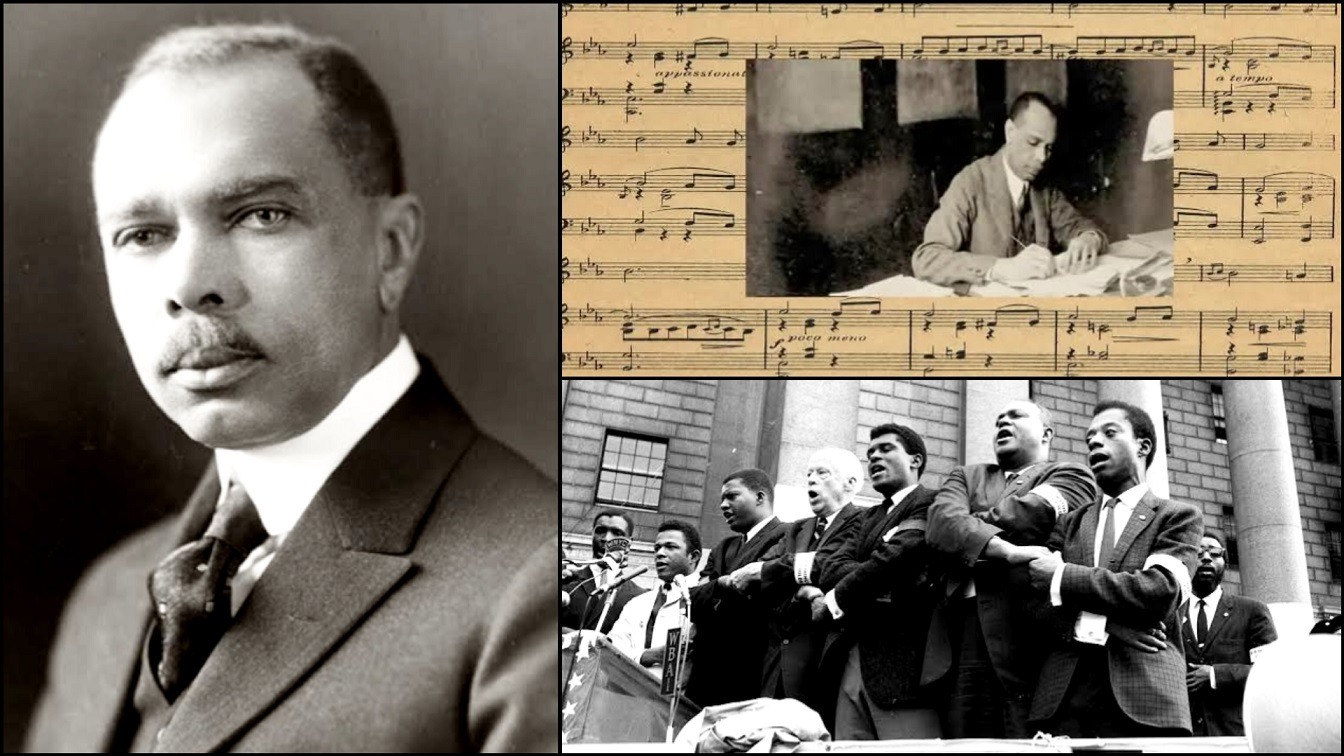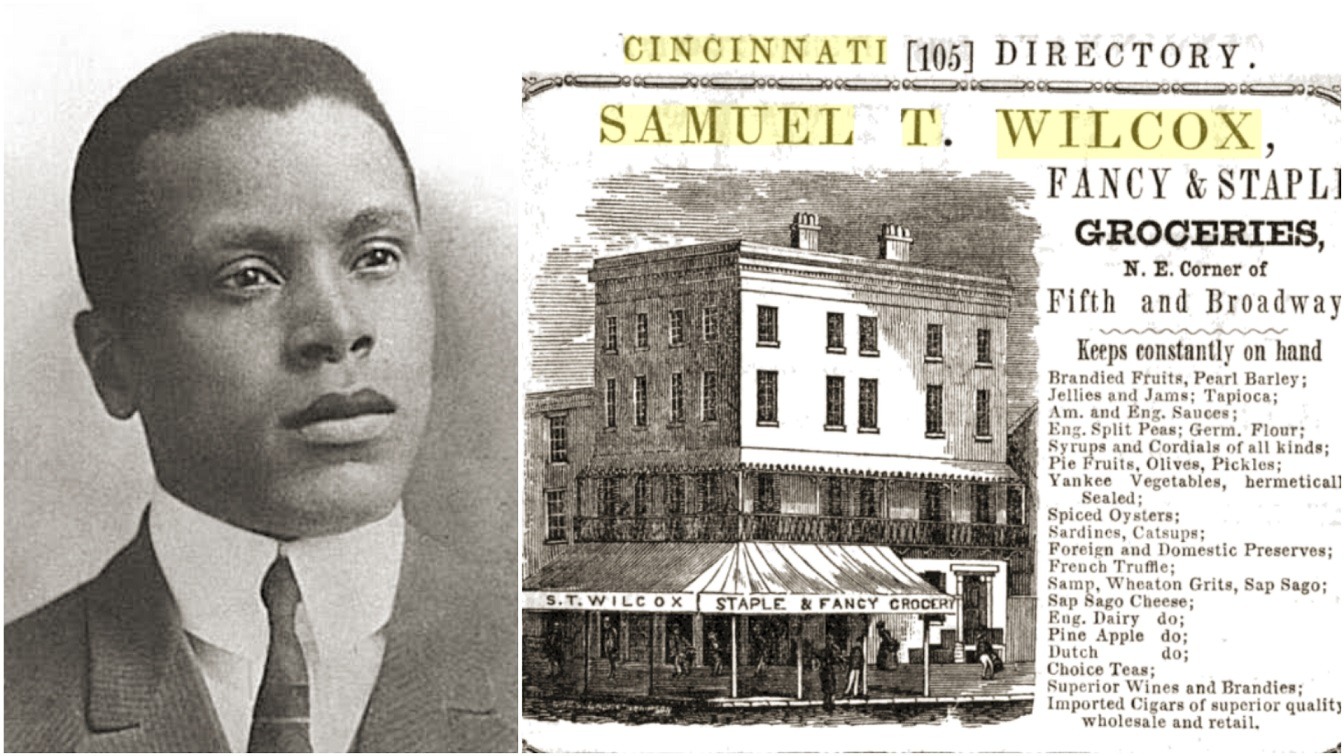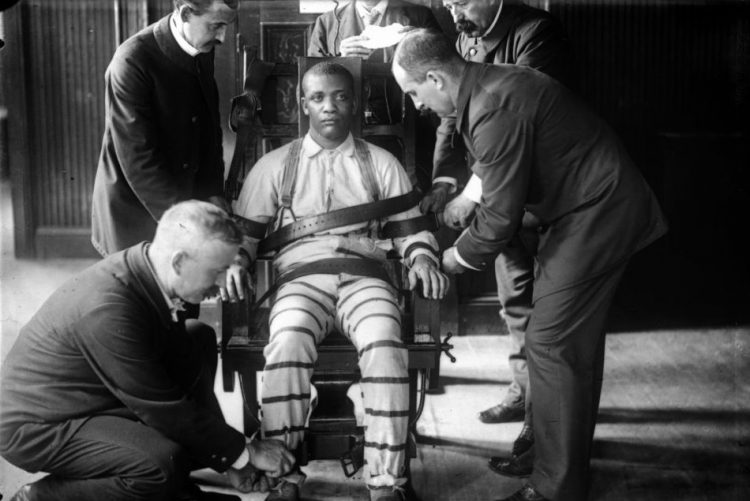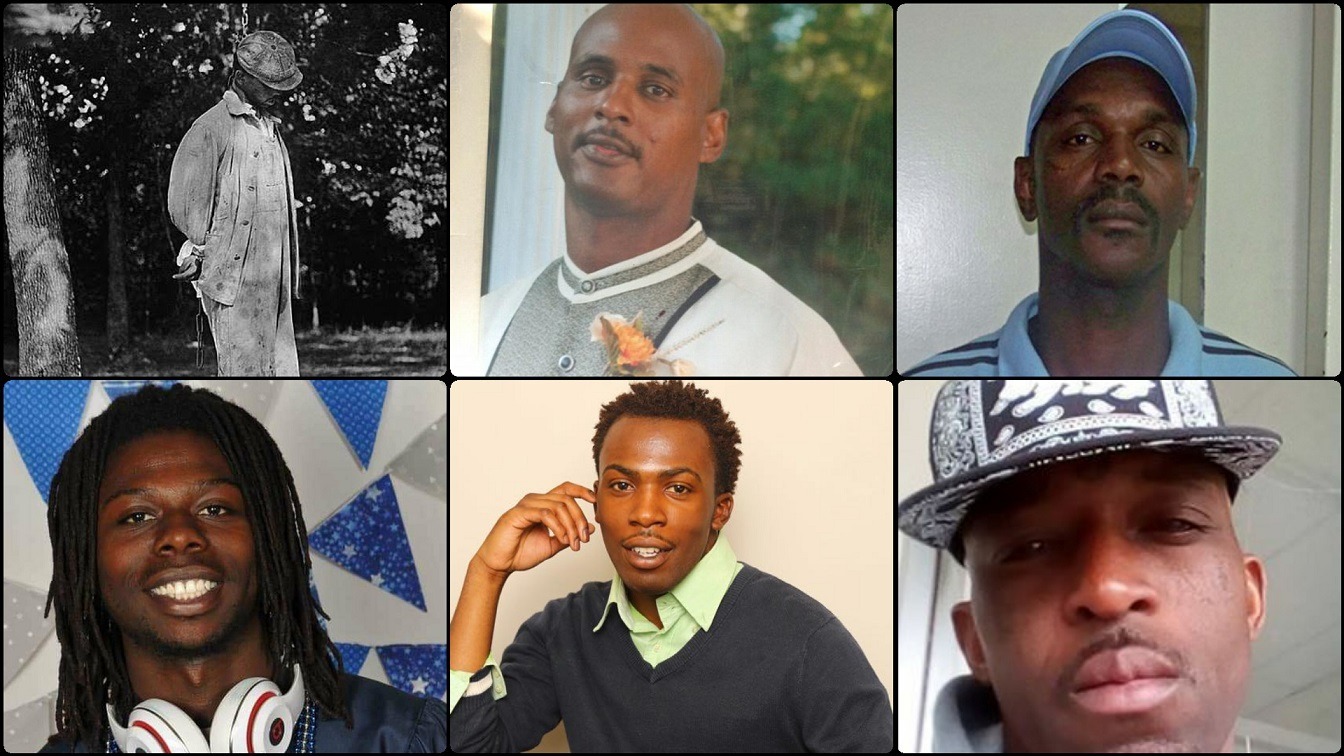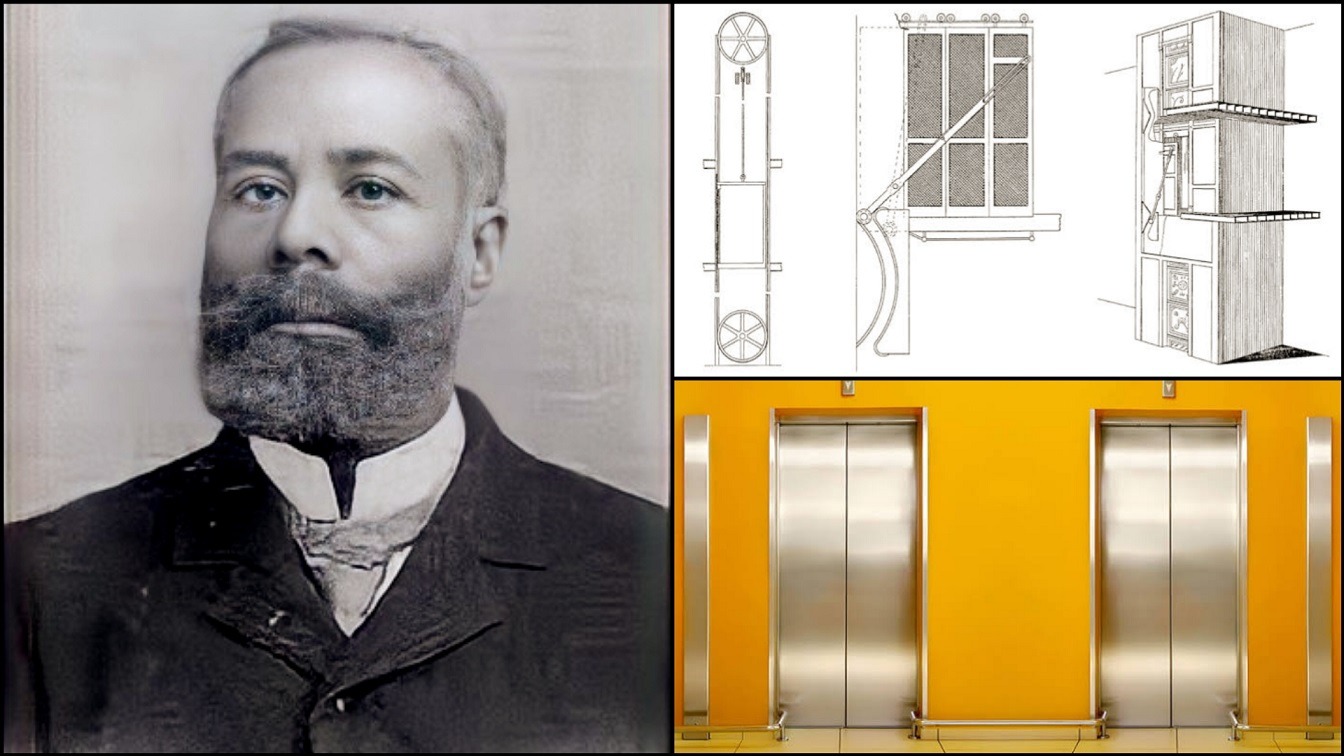For over three centuries, violence and white supremacy have coexisted in the United States. This was how whites maintained economic, social, and political dominance over blacks in particular. Though emancipation resulted in the abolition of chattel slavery, blacks were no fewer victims of racism’s oppression.
It could be argued that relations worsened during the early 1900s redemption period when white supremacists called for the abolition of black rights and a return to the old order. Between the years 1889 and 1918, lynchings within the United States claimed about three victims per day.
It was as if emancipation instilled in white racists an insatiable desire for blood lust. The Waco Horror, which involved the murder of Lucy Fryer and the arrest of a black suspect named Jesse Washington, who was eventually lynched and mutilated, was a significant example of this.
What is important to emphasize, however, is not only this but the sequence of events that culminated in his ruin, particularly the biased judicial system that led to his demise. It almost seems as if Washington’s fate was predetermined long before it occurred.
As a result of the biased investigative process, the indifference of state agencies to ensure a fair trial, and the unfathomable levels of deranged behavior displayed by white supremacists, the Waco Horror became a testament to white supremacy being inherently evil against blacks.
From the start, the investigation into the victim’s death was skewed to work against Washington, and believing otherwise was almost wishful thinking. This was demonstrated by the speed with which Washington was apprehended following Fryer’s discovery, as well as the lack of a thorough investigation before indicting him.
On the evening of May 8, 1916, in Robinson, Texas, a man walking by heard screams coming from the direction of George Fryer’s house, which was only a few yards away. When he arrived, he found an anguished Ruby Fryer and her brother staring at the body of their mother, Lucy Fryer. The crime was then reported to Sheriff Fleming, who assembled an investigative team of his deputies and numerous Waco police officers before departing for Robinson.
The report quickly spread throughout the Robinson community, and several residents banded together to offer their assistance in resolving the case. During this time, a doctor examined the woman’s body and discovered that her brain had been bashed in, implying that the assailant used a blunt weapon. Washington, a teenager who had recently started working at the Fryers’, was said to be cutting wood in bloodstained clothes that day and, predictably, became a prime suspect. He and his family were detained for further questioning.
But this begs the question, would someone who had just murdered someone wears the clothes he was wearing when they committed the crime, especially if the clothes had blood on them? Wouldn’t the most logical thing to do be to remove or destroy the evidence, as most rational criminals would? Why would the perpetrator be present near the crime scene? Wouldn’t it be better if he removed himself completely? This information in particular was suspicious because it appeared to be too convenient.
It appeared as if they needed someone to take responsibility, and wouldn’t a naive, illiterate teenager be the ideal candidate? After all, no one would argue otherwise. His parents were eventually released, but during Washington’s interrogation, they noticed that, while he continued to deny any knowledge of the murder, there were discrepancies in his statements, so he was kept in jail.
The detention of Washington infuriated Robinson, and the sheriff, realizing the dangers of Washington being mobbed, transferred him to Hillsboro, where he was relentlessly interrogated. This manifested itself in Washington confessing to murdering Lucy Fryer with a Blacksmith’s hammer hidden in a field on the Fryer’s property.
This was also odd to read because there was no doubt that a confession of murder was obtained through intimidation and manipulation of his ignorance. Once again, he was a black teenager with no knowledge of his rights, and he was probably incentivized to give a confession by promising him freedom if he confessed. Another point to mention is that after obtaining this information, Washington was escorted to Dallas, where he dictated a confession to the Dallas County attorney stating that, in addition to the murder, he also raped her.
This demonstrated the virtually nefarious measures that White Supremacy products would take in order to link someone to a crime, particularly one as vulnerable as Washington. Unfortunately, because he was illiterate and unable to write, he signed the confession with an X in place of his name and was then imprisoned to await trial.
Washington’s right to a fair trial was always going to be elusive, especially given the circumstances of the crime and the fact that he was black. With that said, a McLennan County grand jury convened on Thursday, May 11, and returned a murder indictment against Washington. The trial of Washington began at 10 a.m. on May 15, with a judge presiding over a packed courtroom. Spectators flocked to the balcony, with some even standing on benches to get a better view.
Unsurprisingly, the majority of the courtroom was white, and it was so crammed that jurors had to be carried over the crowd to reach the front of the courtroom on several occasions. The courtroom was so chaotic and noisy that the judge frequently had to use his gavel to restore order and silence. This was in stark contrast to modern courtroom etiquette in the United States, which forbids disruptive behavior like talking, laughing, and shouting.
The spectators’ heightened excitement contrasted with the few black bystanders on the outside, who were “quiet and seemingly not much excited,” according to the Waco paper. Furthermore, the majority of the white spectators were in a tense mood. Prior to the trial, as Washington was being led into the courtroom, a white man unpocketed his revolver and declared, “might as well get him now,” and this assassination attempt was thwarted by another white bystander who disarmed him and replied, “let them have the trial.”
Once again, it demonstrated a disregard for the sanctity of the court, as any of those present could do whatever they wanted, including carrying weapons. In contrast, such actions would result in severe consequences in modern-day trials, as such a person would be in contempt of the court. However, it was a privilege reserved for whites to ‘move the goal post’ whenever it suited them. Essentially, if it had been an all-white trial, the judge would have been more inclined to enforce courtroom rules, but because the defendant was black, it was less important. The trial moved quickly because the jury was selected quickly, the defense counsel made no challenges to the prospective jurors, and after these events, the judge asked the defendant if he had committed the crime, to which he replied “yes.”
When the defense counsel called Washington to be cross-examined, he replied incoherently, “I ain’t going to tell them nothing more than what I said-what that’s I done.” Following that, the counsel translated that he is sorry for what he did. Isn’t it true that the defendant’s lawyer’s role is to argue in their client’s defense? However, this was clearly not the case with Washington’s lawyer. When he pleaded guilty, Washington most likely had little to no understanding of what was asked of him; he misinterpreted what was asked when he replied “yeah.”
Furthermore, as previously stated, his fate was decided before the trial even began, but what was most concerning was the defense lawyer’s audacity in not even attempting to argue a strong case for the client. However, it would not have been in the lawyer’s best interests to do so, or it may have been unwise due to the potential consequences on his career; dishonoring his name, the label of ‘n-word lover,’ or worse, his own security.
Deliberations did not last long, as the jury reached a decision and found the defendant guilty of murder in just four minutes. Finally, the judge’s lack of control over maintaining order in the court, as well as the defense counsel’s failure to defend the client, contributed to the jury’s decision to convict. This was indicative of a skewed system, especially against black people.
The racist spectators began their wicked sense of jungle justice immediately after the court adjourned. “Get the n-word,” one man yelled, and a group of men lunged at convicted Washington, carrying him out of the courtroom and down the courthouse staircase, where hundreds stood in the alley. A chain was then thrown around Washington’s neck, as if he were a dog, and dragged towards City Hall, where a group was preparing to build a bonfire. The truly depraved and wicked nature of the white racists became clear as the crowd grew closer to Washington. He was beaten with bricks and shovels and was stabbed.
Unfortunately, by the time Washington arrived at City Hall, he was nearly unconscious and bleeding profusely. The mob decided to up the ante and doused him with coal oil before throwing the rope over a strong limb of a tree, where a couple of men hoisted him into the air for all to see. After that, they lowered him onto combustibles.
The mob’s heightened bloodlust extended to the amputation of Washington’s fingers, ears, and toes. In addition to the heinous things mentioned above, spectators rushed forward in order to be the first to light the fire. When the flames were lit, they quickly engulfed Washington, and as the lynching spread throughout the city, large crowds of curious onlookers, including women and children, flocked to see what was going on. As the body burned, some onlookers would search the ground for bits of bone and pieces of the hanging tree, as if they didn’t want to leave empty-handed.
Worse, after all, that remained were skull and bones, a horseman lassoed it and dragged the remains through downtown Waco’s main streets. The fact that white supremacists were desensitized to carnage and maiming said a lot about their character. At one point, his skull separated from his body, and young boys extracted his teeth and sold them for $5. So, in essence, even a child enjoyed desecrating the body for gain.
Furthermore, the idea that children were not put off or afraid of being near the dead was very macabre. To demonstrate how completely apathetic capitalistic whites were at the time, Washington’s charred corpse was commercialized and printed on postcards and pictures. It’s truly mind-boggling to consider how people could accept the printing of corpses on paper as a salutary/congratulatory package. Needless to say, this was one of the most heinous and inhumane acts of evil against black people in American history.
Washington endured an ordeal that no human being, no matter what they did, deserved. He was not only brutally murdered, maimed, and commercialized, but he was also denied a fair trial and investigation.
To imagine a parent’s heartbreak at not being able to bury their child because the body had been broken and, like Christ’s garment, was ‘cast for lots,’ is indescribable. This was a clear indication of white supremacists’ full evil potential.
